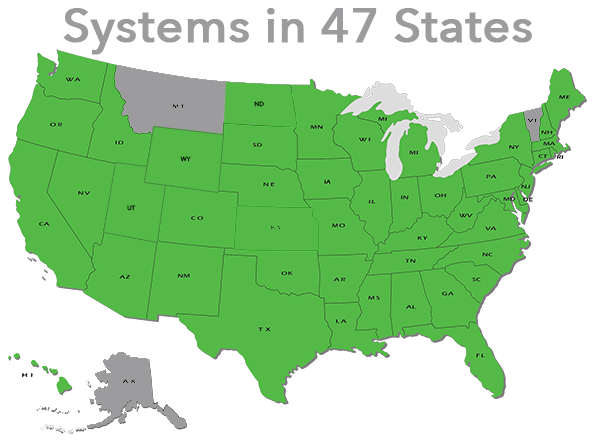Air Leaks in Unexpected Places
One of the rooms in my house is cold. Really, really cold.
This isn't actually surprising, because it's above the garage and nestled in between two unheated attic spaces. It borders unheated space or the outside on three walls and the floor. So when winter came around, we expected that it would be a little chilly.
Then we had our first -5 degree day. It was awful. This room was several degrees colder than the rest of the house. It was cold enough that your hands would cramp with cold when every other room was perfectly habitable. The only way to keep it warm was to overheat the rest of the house or use space heaters—and both of those options were really expensive. Worse yet, this was our office! We spent more time in that room than we did anywhere else! We had to do something.
So we started looking for things to fix. First we looked at the insulation. But since we could crawl into the attic space, we could see that the walls and doors were reasonably insulated—at least to our untrained eyes.
The real problem was worse: we were leaking air everywhere.
Energy Saver's tips for sealing air leaks shows all the places where air could potentially get into your home. And it's far more than just windows—every seam, door, and junction in your home could potentially let air in.
And air leaks are insidious. Even a well-insulated room can feel awful if air is getting in from the outside. It's hard to heat a room when wintery air is blowing through the cracks, after all—and that means your furnace is working longer and harder, while racking your energy bills higher and higher.
Using Energy Saver's article on detecting air leaks, we found:
The doors that led to the unheated attic spaces were poorly attached. The door frames weren't even nailed into place. These doors were leaking air on all sides. Cold air was blowing in through the electrical outlets. The baseboards seemed to be letting in a small amount of air, too.And that's when Energy Saver's excellent tips for sealing air leaks article comes in. Using that as a starting point (as well as the advice of an excellent neighbor), we started on our home improvement plan:
We used wood screws to attach the door frames properly. We used spray foam around the inside of the door frames for additional insulation. We also used spray foam in the area in the attic space that was opposite the baseboards. We ordered foam gaskets for the electrical outlets.And the verdict? Well, the gaskets aren't in yet, so it may be too early to tell, but it's warmer. It was -8 degrees when I started writing this article. While I'm still running the space heater, I'm not nursing heat back into my hands. It's not pleasant, but it's getting there.
So what's the next step? Getting an energy audit. There's a lot we don't know—the room is insulated, but is it sufficient? What else are we missing? We are really inexperienced and have no idea what the best use of our time and money would be. An energy audit would help us identify what the biggest problems really are.
And after that, we'll probably have another project on our hands!
But hopefully, once all of this is done, we'll have a much warmer room. So if you have a room that's uncomfortable, look out for air leaks. It was our first step to a more comfortable (and cheaper to heat) home.
























